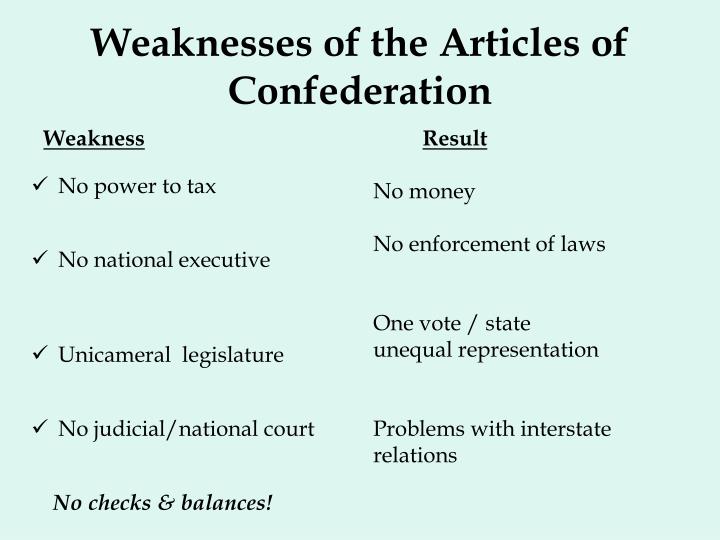
Patrick Henry, Opposer of the Constitution Surprisingly enough, it was Federalist James Madison who eventually presented the Bill of Rights to Congress despite his former stance on the issue.

Without this compromise, the Constitution may never
WHAT WERE SOME PRONLEMS WITH TEH ARTIVCLED OF CONFEDERATION SERIES
Of the series of amendments which would become the Bill of However, they eventually made theĬoncession and announced a willingness to take up the matter Jay and James Madison, anonymously published a series ofĮssays known as the Federalist Papers under theīoth Hamilton and Madison argued that the Constitutionĭidn't need a Bill of Rights, that it would create a "parchmentīarrier" that limited the rights of the people, as opposed to They supported the Constitution, and attempted to convince Led by Alexander Hamilton, albeit secretly at first, the Federalists were the first political James Madison, Father of the Constitution Without a Bill of Rights the people would be at risk of oppression. The Anti-įederalists claimed the Constitution gave the central government too much power, and The Federalists felt that this addition wasn't necessary, because they believed that theĬonstitution as it stood only limited the government not the people. The major issues these two parties debated concerned the inclusion of the Bill of Rights. The Federalists wanted to ratify the Constitution, the Anti-Federalists did not. There were two sides to the Great Debate: the Federalists and the Anti-Federalists. This was not easy.Īnd the push for ratification brought on a seemingly endless barrage of documents,Īrticles, and pamphlets both supporting and opposing it. Needed the ratification from nine states before it could go into effect. Under the Articles, when the Founding Fathers signed the Constitution in 1787, it These weaknesses introduced a great deal of interstate conflict, something that delegates, through the drafting of the Constitution, tried their best to solve.


But one thing wasĬertain, something had to be changed. The transition from the Articles of Confederation to the United States Constitution wasn't a seamless one, and fixing the problems of the Articles of Confederation required a series of lengthy debates both during and after the convention. Signing of the United States Constitution by Junius Brutus Stearns, oil on canvas 1856


 0 kommentar(er)
0 kommentar(er)
